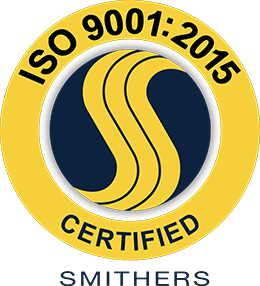Riverside Technology, inc., a recognized industry leader in the design and implementation of integrated scientific and engineering solutions, has been awarded two ProTech Satellite Domain Task Order contacts to provide scientific and technical expertise to NOAA’s Center for Satellite Application and Research (STAR) for the exploitation of new and emerging technologies in space-based environmental observations. These two task orders, Research and Technology Maturation for the Exploitation of Emerging Technologies (RTMEE) and Transforming Satellite Data Assimilation using Artificial Intelligence Techniques (TSDA AIT), continue Riverside’s legacy of providing cutting edge scientific and technical support to STAR since 2007.

Block diagram of image-to-image framework to translate satellite HR IR images into MW images.
“We are honored to be able to continue and expand our long-standing relationship with STAR,” said Brian Ashe, Riverside President and CEO. “These awards are a testament to the dedication of our highly capable technical staff who have worked shoulder-to-shoulder with their STAR counterparts to infuse artificial intelligence (AI) and machine learning (ML) techniques into exploiting new and advanced observing systems, improving the accuracy and computational efficiency of complex product algorithms, and fostering new intergovernmental, academic and private sector partnerships that ultimately improve both our understanding and predictive capability of environmental phenomena.”
The Riverside Team, which includes Atmospheric Environmental Research, Inc. (AER) and Carr Astronautics, is well-positioned to provide the full suite of required services on day one. Both RTMEE and TSDA AIT are connected to NOAA’s medium and long-term analyses and engineering trades for future satellite observing architectures as well as the impact of these decisions on both numerical modelling/prediction and the underlying computational infrastructure. “It’s a small but important aspect of the overall ecosystem,” said Ashe. “We hope to help STAR push beyond simply ‘emerging’ technologies and discover those that will be truly disruptive in terms of enhancing STAR’s contribution to the overall value stream. It is exciting to imagine where we can be in five years.”





